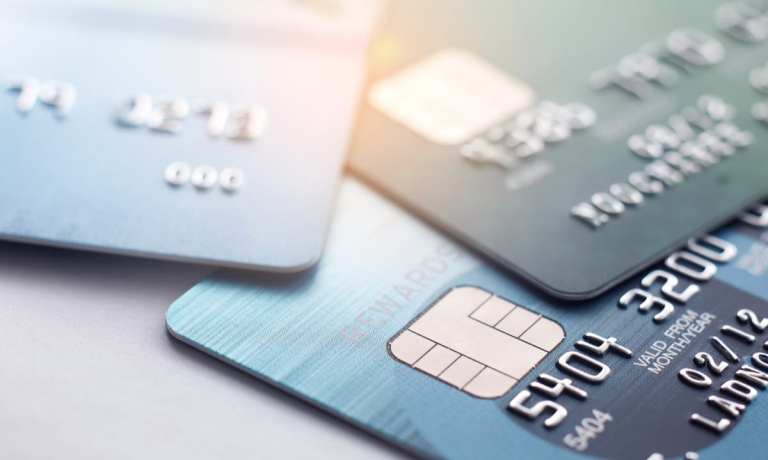Consumers Use Credit Cards for Fine Dining, Debit for QSR, PYMNTS Data Suggest

When it comes to restaurant spending, consumers are opting to use credit cards when they spring for a premium meal but sticking with debit when it comes to smaller-check purchases, according to PYMNTS data.
Research from the March edition of the Digital Economy Payments report, “Going Digital to Pay for Travel and Restaurant Dining,” which features the results of a census-balanced survey of 3,250 U.S. consumers, found that debit cards are the most frequently used payment method at restaurants, with 37% of consumers having used the method for their most recent food purchase, ahead of the 33% that used credit card.
Get the report: Going Digital to Pay for Travel and Restaurant Dining
However, the study also found that credit cards account for the greatest share of food spending. The study estimated that consumers spent $29.8 billion on food items purchased via credit card in February and just $25.3 billion on those purchased via debit card.

These findings suggest that consumers may tend to opt for debit at quick-service restaurants (QSRs), which are often lower cost, whereas they may choose to use credit cards more often at full-service restaurants (FSRs), especially fine dining establishments, where they may spend more. Such a trend would account for credit cards’ smaller share of overall purchases and greater share of spending.
In an interview with PYMNTS for the October edition of the Next-Gen Debit Tracker®, created in collaboration with PULSE, a Discover company, Nicole West, vice president of digital strategy and product at Chipotle, explained that the California-based fast casual chain has seen an uptick in use of debit and credit over cash as digital ordering gains popularity with consumers.
“Whether it be through our menu or via payment preferences, we want to ensure we’re increasing access and reducing friction at all turns,” she said.
Read more: Chipotle Mexican Grill on the Increased Access to Debit and Digital Payments Opportunity
Notably, QSRs have been quicker to adopt features that make payment easier for cardholders than FSRs. Research from PYMNTS’ 2022 Restaurant Friction Index, created in collaboration with Paytronix, revealed that 56% of QSRs offer the ability to pay in-store with contactless cards, compared to just 45% of FSRs. Additionally, the study, which drew from a survey of a panel of more than 500 managers of restaurants across the United States, found that 53% of QSRs offer the ability to pay with a card saved on file, compared to just 47% of FSRs.
See more: New Data Show Digital Loyalty Programs Are Key Differentiator for Top-Performing Restaurants
FSRs risk losing out on opportunities to drive spending when they do not offer these features. The study, which also drew from a census-balanced survey of more than 2,100 U.S. consumers, found that one in four restaurant customers would be more inclined to shop with restaurants that offered the ability to pay with a card on file. Additionally, a similar share (24%) said the same of the ability to pay in-store with contactless cards.
“To really get people out of their houses and enjoying going back to restaurants, a restaurant operator really needs to think about the experience,” Peter Dougherty, general manager of hospitality at Canada-based point-of-sale (POS) and eCommerce software provider Lightspeed Commerce, told PYMNTS in an interview earlier this year. “It’s that focus on that direct consumer relationship and that direct consumer behavior data where they can own the understanding of what’s doing well and what’s not.”
Read more: End-to-End Payment Digitization Empowers Restaurants to Take on Labor, Supply Chain Challenges